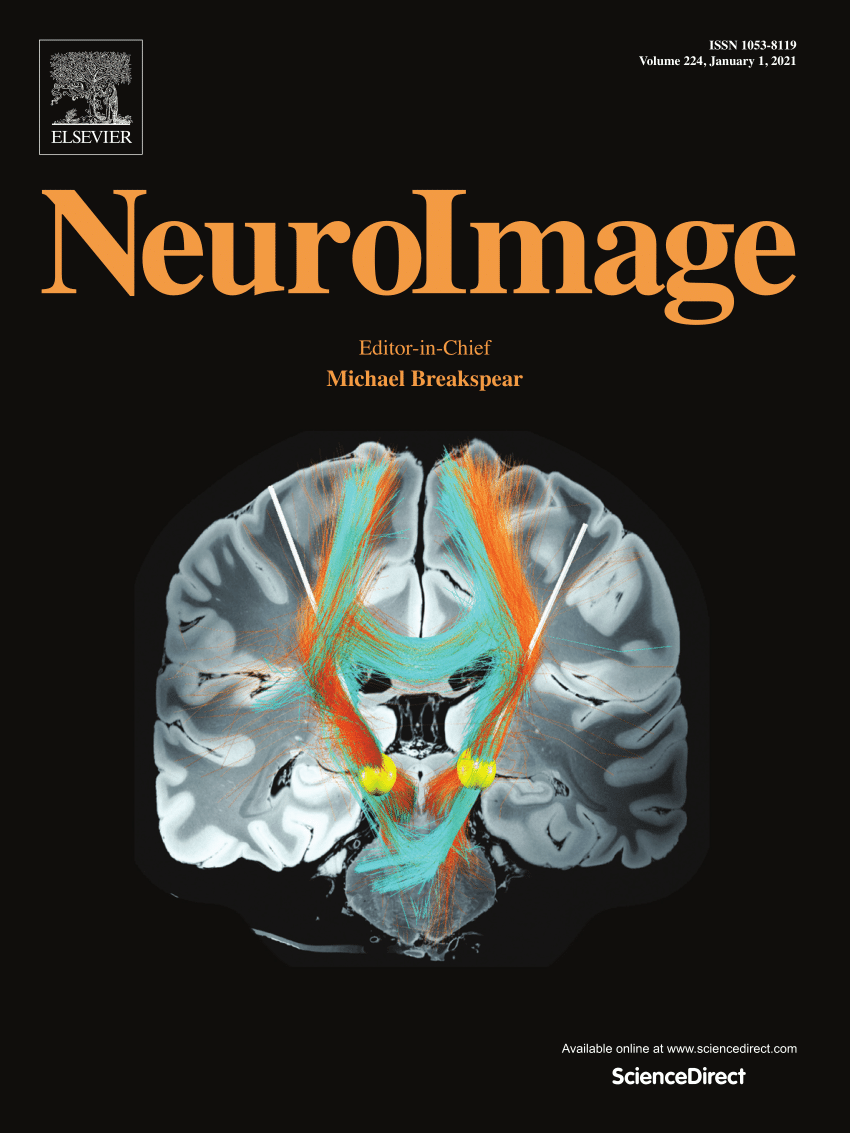莫亚莫亚病的脑回流功能障碍:动脉狭窄和心室扩大的影响。
IF 4.7
2区 医学
Q1 NEUROIMAGING
引用次数: 0
摘要
淋巴系统是一个依赖血管的网络,涉及脑脊液循环,促进大脑废物的清除。尽管淋巴功能障碍与多种神经系统疾病有关,但其影响因素仍未完全了解。我们旨在评估烟雾病(MMD)的淋巴清除,并探讨其与动脉狭窄和心室大小的关系。烟雾病患者和健康对照者被前瞻性招募接受多模态MRI扫描。患者根据初始症状分为三个亚组:出血性、缺血性和其他。我们采用沿血管周围间隙弥散张量图像分析(DTI-ALPS)指数、磁共振血管造影、3D t1加权图像来评估淋巴清除、动脉狭窄和心室大小。采用多变量线性回归分析动脉狭窄、心室大小与ALPS指数之间的关系。与对照组(n=39)相比,患者(n=55)表现出较低的ALPS指数(p本文章由计算机程序翻译,如有差异,请以英文原文为准。
Glymphatic dysfunction in moyamoya disease: The influence of arterial stenosis and ventricular enlargement
The glymphatic system is a vascular-dependent network, involving cerebrospinal fluid circulation, that facilitates waste clearance from the brain. Although glymphatic dysfunction has been implicated in various neurologic diseases, its influencing factors are still not fully understood. We aimed to evaluate glymphatic clearance in moyamoya disease (MMD) and explore its associations with arterial stenosis and ventricular size. Patients with MMD and healthy controls were prospectively recruited to undergo multi-modal MRI scans. Patients were divided into three subgroups based on initial symptoms: hemorrhagic, ischemic, and other. We used diffusion tensor image analysis along the perivascular space (DTI-ALPS) index, magnetic resonance angiography, 3D T1-weighted images to evaluate glymphatic clearance, arterial stenosis and ventricular size. The relationships between arterial stenosis, ventricular size, and ALPS index were analyzed using multivariable linear regression analyses. Compared to controls (n = 39), patients (n = 55) exhibited reduced ALPS index (p < 0.001) and increased volumes of the lateral ventricles (p < 0.001), third ventricle (p < 0.001) and fourth ventricle (p = 0.013). In MMD, arterial stenosis (standardized β=-0.283, p = 0.013), lateral ventricular volume (standardized β=-0.504, p < 0.001), and their interaction (standardized β=-0.606, p < 0.001) were all significantly associated with the ALPS index in multivariable analysis. Among the three subgroups, hemorrhagic subgroup had the lowest ALPS index (p = 0.085) and the largest lateral ventricular volume (p = 0.013). Our findings demonstrated that enlarged lateral ventricles were associated with decreased ALPS index, both alone and synergistically with arterial stenosis, and the reduced ALPS index and ventricular enlargement would be exacerbated in hemorrhagic MMD. This evidence provides new insights into the mechanisms underlying glymphatic impairment in MMD.
求助全文
通过发布文献求助,成功后即可免费获取论文全文。
去求助
来源期刊

NeuroImage
医学-核医学
CiteScore
11.30
自引率
10.50%
发文量
809
审稿时长
63 days
期刊介绍:
NeuroImage, a Journal of Brain Function provides a vehicle for communicating important advances in acquiring, analyzing, and modelling neuroimaging data and in applying these techniques to the study of structure-function and brain-behavior relationships. Though the emphasis is on the macroscopic level of human brain organization, meso-and microscopic neuroimaging across all species will be considered if informative for understanding the aforementioned relationships.
 求助内容:
求助内容: 应助结果提醒方式:
应助结果提醒方式:


